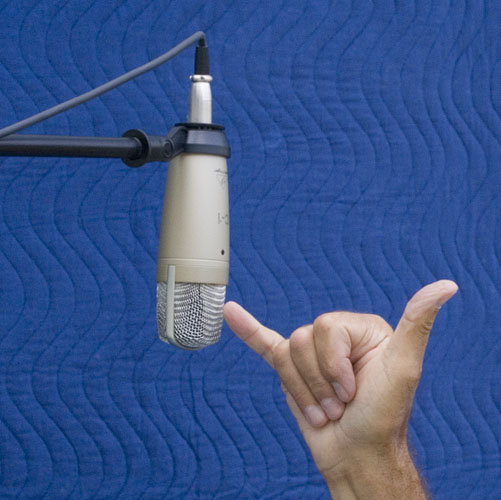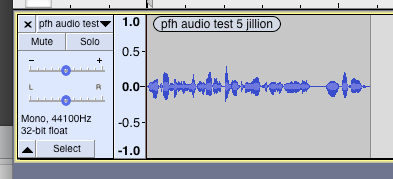I am recording audiobooks on a MacAir (MacOS Mojave 10.14.15) using Audacity 2.3.2 and a Yeti Snowball (brand new out of the box). I’ve previously passed sound tests with this equipment at a different location. I am recording in a new location – high rise apartment – with a lot of building noise I can’t control. I’m in a closet surrounded by heavy quilts on the floor and all sides of me, but not above me. Air conditioner turned off.
I ran
Effect > Equalization > Select Curve: Low rolloff for speech, Length of Filter: about 5000 > OK.
Effect > RMS Normalize: Target RMS Level -20dB > OK.
Effect > Limiter: Soft Limit, 0, 0, -3.5dB, 10, No > OK.
Analyze > ACX-Check
And failed on noise, so I did this: Noise Reduction of the Beast (6, 6, 6) or UNDO and try 9, 6, 6. Most of my files worked with the 6,6,6 and I had two that required 9,6,6.
Then they passed ACX-check for noise. But barely. I was in the -60 to -64 range.
Having previously done five audiobooks that were rejected by Audible (I publish the audiobooks through Findaway), I am once bitten twice shy about my fear of over processing and ending up with a file that is distorted or doesn’t play well on all devices.
Before I invest 80 hours on two books at this location, could someone let me know if in their opinion this file is useable (and how to master it if different from the steps I took above)? If not useable, any other tips that might make this location still viable for recording as I am stuck here for awhile.
I appreciate this so much. Your tips have been a godsend.







